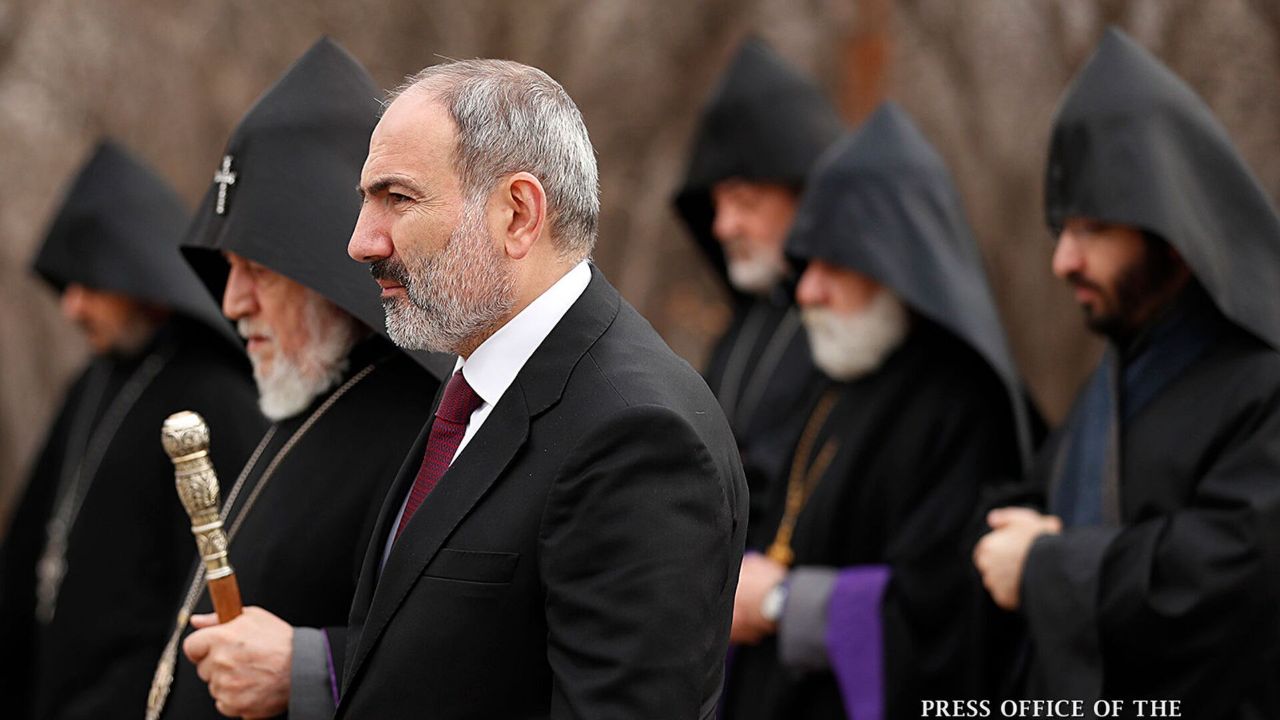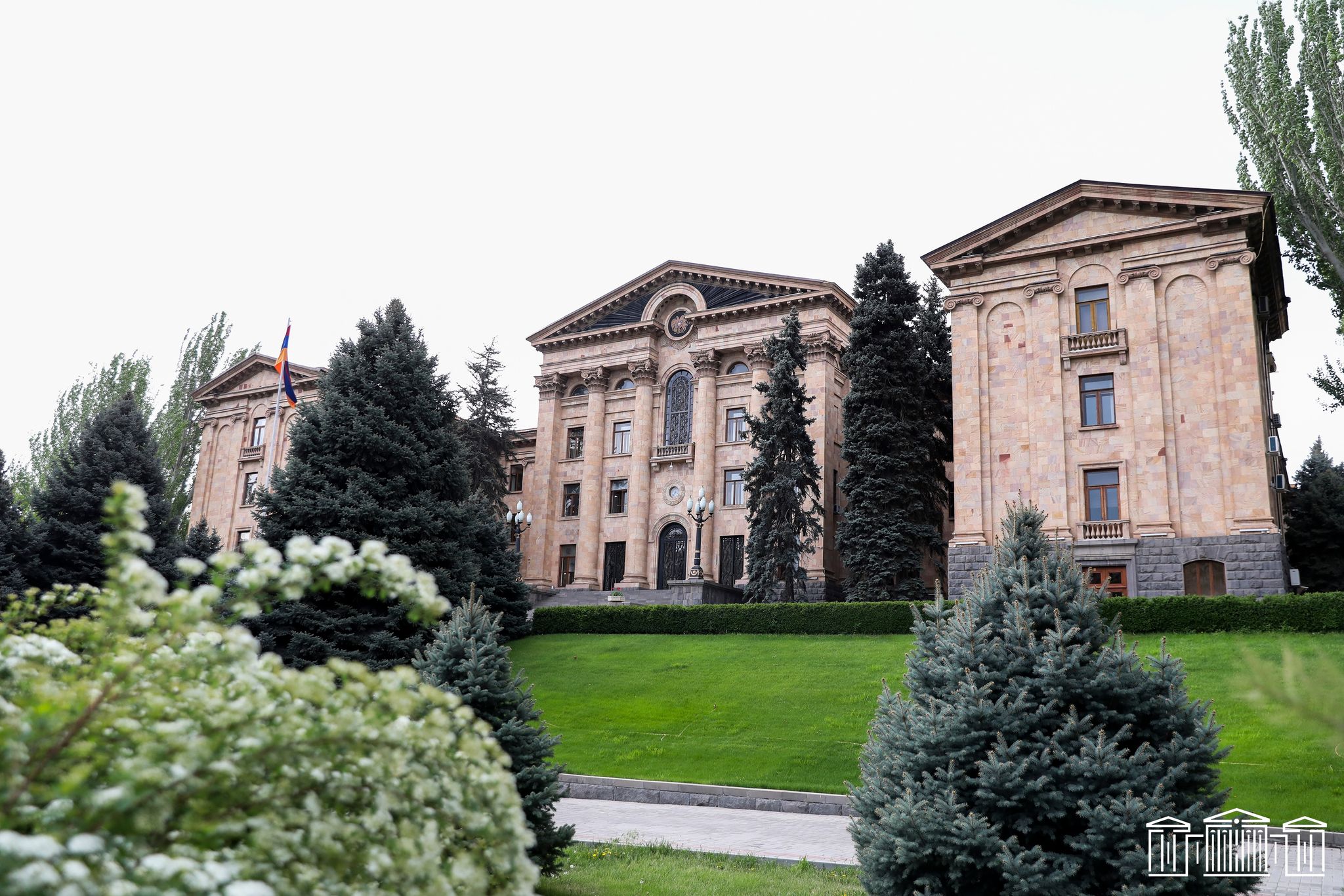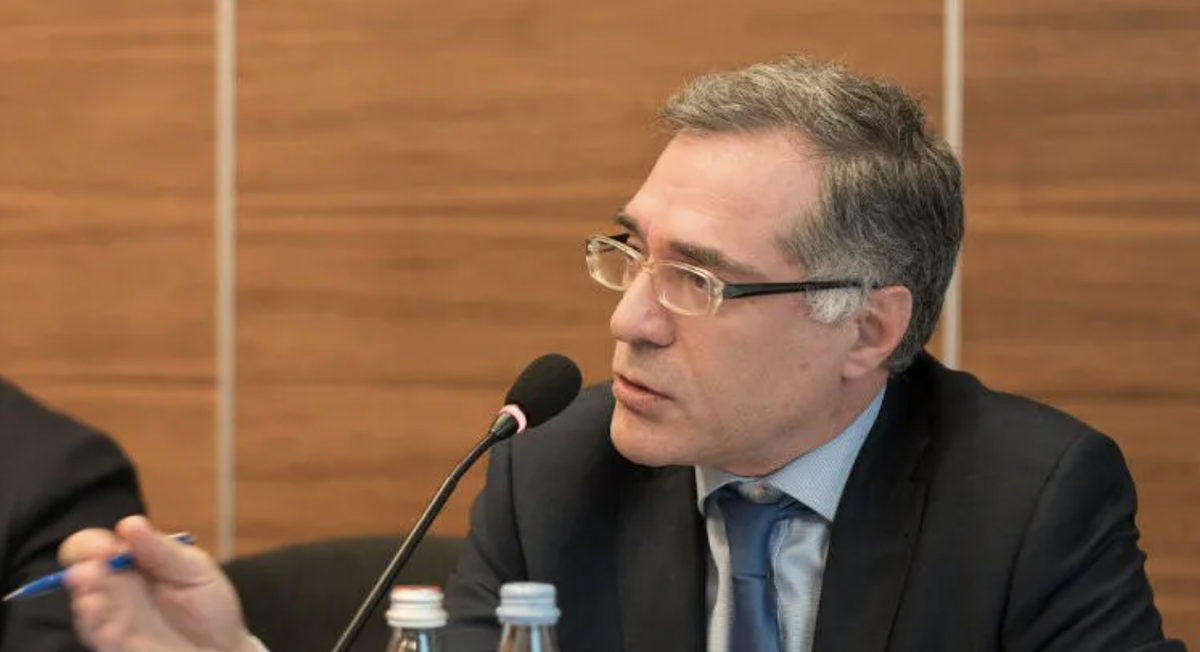Armenian soldier killed on border with Azerbaijan
An Armenian soldier was killed today in an exchange of fire on the border, defense ministries of Armenia and Azerbaijan have confirmed.
On the Nakhichevan side of the Armenian-Azerbaijani border, an Armenian soldier was killed as a result of a firefight. According to the Armenian Defense Ministry, the incident took place on the morning of July 14 at the Yeraskh area.
The Azerbaijani Defense Ministry reports that a serviceman of the Azerbaijani army was wounded as a result of the shelling.
Experts on both sides provided different assessments of the incident. disagree about what is happening. In Azerbaijan, it is believed that what has happened is nothing more than a local clash with little potential for further escalation.
In Yerevan, however, the growing tension on the Armenian-Azerbaijani border is widely linked with the negotiations between Russia and the Taliban.
- Ombudsman of Armenia: It is currently impossible to carry out border demarcation with Azerbaijan
- Representatives of OSCE Minsk Group co-chairing countries refuse to visit Shusha
Reports from Baku
“On July 14, at about 10:00 am units of the Armenian armed forces fired at the positions of the Azerbaijani army from various weapons, in the direction of the Sadarak region of the Nakhichevan Autonomous Republic on the Armenian-Azerbaijani state border.
A serviceman of the Azerbaijani army Mardanli Ibadulla Mahsud Oglu was wounded as a result of the shelling. The wounded was given first aid, after which he was evacuated to a medical facility.
The enemy was suppressed by return fire. At present, the situation in this direction is stable, the operational situation is controlled by the units of our troops”, the press service of the Azerbaijani Defense Ministry has stated.
This morning, the Azerbaijani Defense Ministry announced a violation of the ceasefire in Karabakh:
“On July 13, at 21:34 and 21:45, illegal Armenian armed detachments located on the territory of Azerbaijan, where Russian peacekeepers are temporarily stationed, fired at positions of the Azerbaijani army in the vicinity of the city of Shusha from machine guns and submachine guns. There are no dead or wounded among our military personnel”.
The Azerbaijani Foreign Ministry also issued a statement in connection with the aggravation of the situation on the border with Armenia:
“We condemn the attempts of Armenia aimed at breaking the fragile peace in the region by shelling Azerbaijani positions, which has become more frequent in recent days. While Azerbaijan is taking steps to ensure peace, cooperation, and sustainable development in the region, such a destructive approach from Armenia is unacceptable. All responsibility for such a development of the situation in the region falls on Armenia”.
Reports from Yerevan
The report of the Armenian Defense Ministry says that the units of the Azerbaijani Armed Forces tried to carry out engineering work to advance the combat positions:
“After the retaliatory actions of the Armenian side aimed at stopping the work, the Azerbaijani servicemen opened fire in the direction of the Armenian positions”.
An Armenian soldier was deadly wounded as a result of the shootout, the Armenian Defense Ministry said in a statement. However, the Azerbaijani side also has losses.
The Armenian side stated that it “strongly condemns the next provocation of the Azerbaijani side” and warned that a “serious response” would be given:
“All responsibility for the further aggravation of the situation lies with the military-political leadership of Azerbaijan”.
Nagorno-Karabakh Defense Army statement
The Defense Army of the unrecognized Nagorno-Karabakh Republic denied the information of the Azerbaijani Defense Ministry about the shelling of Shushi. The ministry said that the defense army did not open fire at the Azerbaijani servicemen.
In addition, the Defense Army also noted that the advanced units of the Defense Army do not violate the ceasefire and do not resort to destabilizing actions.
Late in the evening of July 13, the NK Ombudsman Gegham Stepanyan said that the Azerbaijani military opened fire near Shushi, but after the preventive actions of the Armenian side, the shooting stopped. The shots were fired into the air, there was no targeted fire, the Ombudsman wrote on Facebook.
Commentary from Baku
According to military observer Asaf Guliyev, these are nothing more than local clashes, and they are unlikely to cause any serious escalation:
“I think there are some small differences between the official Baku and Moscow. These skirmishes are a warning from Russia. But Azerbaijan, in turn, warns the Russian side by issuing a statement about the shelling from the territories where the Russian peacekeepers are temporarily stationed.
But I personally do not believe in the transformation of these local clashes into something more. This can happen only if Baku demands the withdrawal of the peacekeeping forces from Karabakh, but more than four years are left until the end of their mandate, which has not yet been ratified by the parliament”.
Guliyev also added that he has information about local incidents on the eve of the visit of the presidents of Turkey and Azerbaijan to Shusha.
“But there was not a single official message about them”, he stressed.
Commentary from Yerevan
“The Azerbaijani, and, in my opinion, de facto Turkish provocation on the border with Nakhichevan can be viewed in the light of a number of versions, but one of them, perhaps, is in the context of the Russia-Taliban talks”, political observer Hakob Badalyan said.
Nakhichevan, according to the political observer, is a “landmark” circumstance in relations between Russia and Turkey:
“Will Moscow reach an agreement with the Taliban against the Turks, which could seriously undermine the entire Russian geopolitics, built on the axis of relations with Turkey, or will Moscow try to become a“ mediator ”between Turkey and the Taliban?
These complex problems of Russia in Central Asia are not at all pleasing to Armenia, in this context the key task is not to be the target of these observations. Will it work? This essentially depends not on a flexible foreign policy, but on the formation of internal mechanisms of flexibility. External flexibility can only be built on it. The results of the parliamentary elections do not give grounds for such an assessment.
On the other hand, solutions need to be found within the framework of what the situation is like right now, regardless of how someone relates to one or another part of the existing picture. In the end, one thing is clear: those who have external ambitions towards Armenia use precisely the “foundations” of the internal picture.
In accordance with this, either Armenia finds sufficiently flexible mechanisms to use the existing internal picture, or those countries find these mechanisms that consider the Armenian issues as a bargaining chip on a broader agenda”.




















